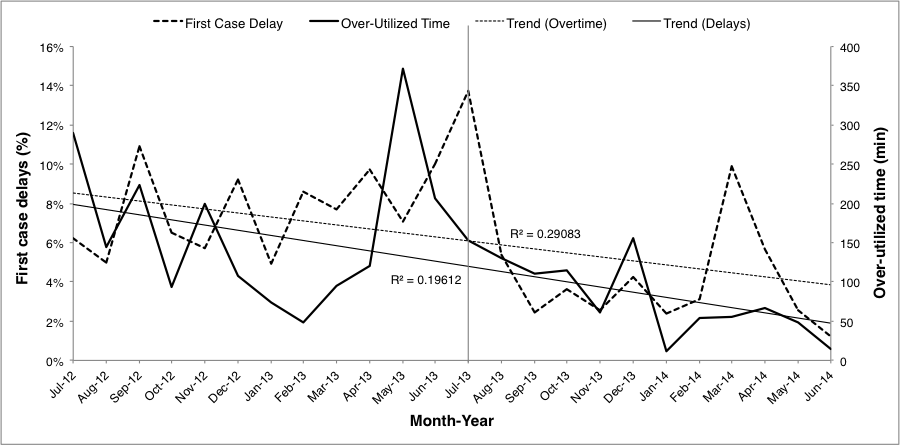A. Yamada1, K. Narui1, S. Adachi1, H. Shima2, K. Kida2, S. Sugae2, M. Tanabe3, Y. Ichikawa4, K. Takabe5, T. Ishikawa6, I. Endo2 1Yokohama City University Medical Center,Breast And Thyroid Surgery,Yokohama, KANAGAWA, Japan 2Yokohama City University Graduate School Of Medicine,Gastroenterological Surgery,Yokohama, KANAGAWA, Japan 3Yokohama City University Medical Center,Pathology,Yokohama, KANAGAWA, Japan 4Yokohama City University Graduate School Of Medicine,Oncology,Yokohama, KANAGAWA, Japan 5Virginia Commonwealth University,Surgical Oncology,Richmond, VA, USA 6Tokyo Medical University Hospital,Breast Surgery,Shinjuku, TOKYO, Japan
Introduction: Japanese population is increasingly aging. Standard of care for elderly patients is controversial. The aims of this study are to clarify tumor characteristics, management, and prognosis of elderly breast cancer patients.
Methods: This is a retrospective single-center cohort included 647 of elderly (older than 65 years) among 2288 patients who underwent surgery between May 1993 to June 2014. The patients were divided into three groups according to age, younger than 64 (young), from 65 to 74 (young-old), and older than 75 (old-old).
Results:Elderly patients had advanced stage at diagnosis (stage III and IV =11.6: 11.4: 15.2%), no difference in estrogen/progesterone-receptor (hormone receptor: HR) positive (83.1: 80.7: 82.4%), and less HER2 positive tumors (14.1: 10.1: 7.8%). They were more likely to undergo mastectomy (44.4: 42.1: 51.5%) and to omit axillary surgery (0.2: 0.7: 2.1%). Among entire patients, elderly patients were less likely to receive adjuvant systemic therapy (92.5: 91.3: 76.6%) and radiotherapy after breast conserving surgery (91.6: 85.0: 22.9%) compared with their younger counterparts. Among HR positive patients, more than 90% of patients received adjuvant hormone therapy (97.0: 96.0: 91.9%), and less likely to receive chemotherapy (46.4: 28.4: 10.1%), however 5 years disease free survival are not different among age (90.5: 89.8: 92.5%). On the other hand, among HR negative patients, elderly patients, especially old-old, were less likely to receive to chemotherapy (89.3: 82.0: 38.2%) and had shorter 5 years DFS (74.2: 77.5: 65.0%).
Conclusion:Prognosis did not differ despite the variation of treatments among age in HR positive patients. On the other hand, patients between 65 and 74 were likely to receive almost same treatment as younger than 64 and had similar prognosis, whereas patients older than 75 were less likely to receive aggressive systemic treatment and resulted in worse prognosis in HR negative patients.






